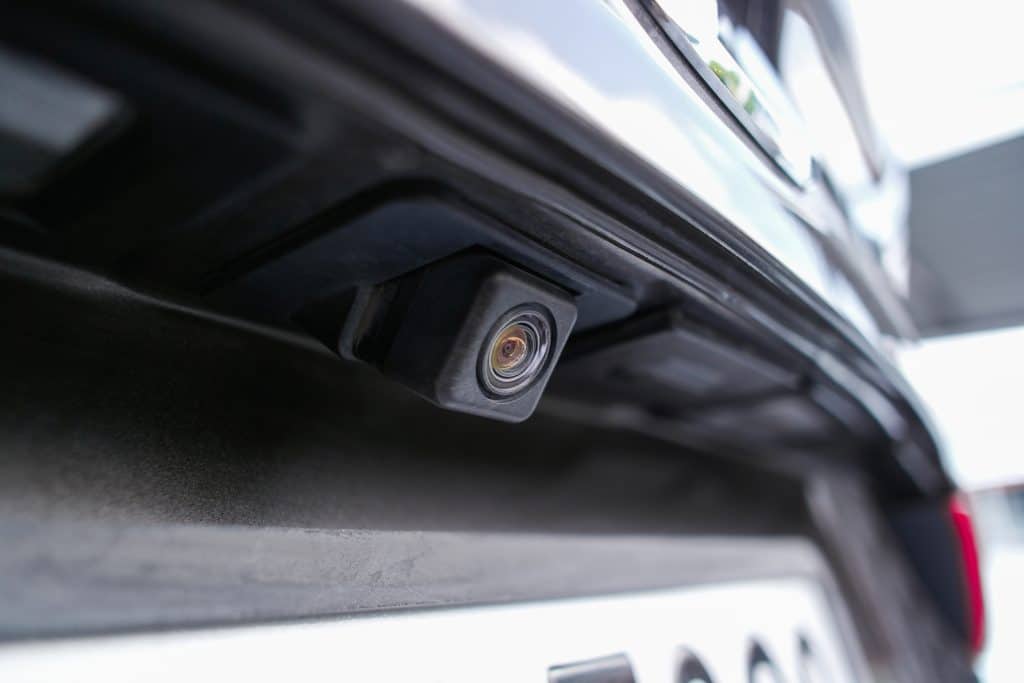Why have in-car cameras become essential?
Car cameras have gained prominence in recent years and, by 2025, have established themselves as indispensable items for safety, convenience, and innovation. Far beyond being a simple accessory, they offer a series of benefits that transform the driving experience. Whether for recording real-time footage, assisting with maneuvers, or documenting unexpected events, cameras are increasingly sought after by drivers who are conscious of technology and vehicle protection.
Real-time recording: legal protection and safety
In-car cameras with real-time recording, also known as dashcams, function as a car’s ‘black box.’ They record the entire journey and can be essential in case of accidents, traffic disputes, or improper stops. The recorded footage serves as legal evidence, protecting the driver from false accusations and assisting with insurance claims. More modern models offer loop recording, motion sensors, and even automatic backup systems.
Wide view and image quality: from HD to 4K
The camera’s quality is a decisive factor. The best options feature Full HD or even 4K resolution, ensuring sharp images even while in motion. This is crucial for identifying license plates, traffic lights, and environmental details. Additionally, a lens with a viewing angle between 140° and 180° provides wide coverage, reducing blind spots and increasing visibility around the vehicle.
Front, rear, and 360° cameras: which to choose?
Cameras can be installed on the front, rear, or integrated into 360° view systems. The front camera is ideal for continuous recording and road monitoring. The rear camera, in turn, facilitates parking, preventing collisions with obstacles. The more sophisticated 360° systems combine images from multiple cameras to create a complete view of the vehicle, which is useful for delicate maneuvers and for drivers who demand maximum safety.

Installation and integration with the multimedia center
Many automotive cameras can be integrated with the vehicle’s multimedia center, facilitating real-time monitoring on the dashboard screen. This increases usability and allows the driver to watch the image without diverting attention from driving. The installation should be done by specialized professionals, ensuring the camera is correctly positioned, with secure cabling and without interfering with the car’s electrical system.
Extra features: collision sensor, night vision, and more
More advanced models offer additional features that enhance the accessory’s utility. These include infrared night vision, collision sensors (G-sensor), motion detection, lane departure warning, and emergency recording in case of impact. These functions provide safer driving and a faster response to unforeseen events.
Durability and resistance: what to look for
To withstand temperature variations and adverse outdoor conditions, the camera needs to be resistant. Check if the chosen model has certifications like IP67 or IP68, which guarantee protection against dust and water. The housing material should also be robust, ideally made of aluminum or reinforced polymer. This ensures the equipment functions correctly even in heavy rain or high heat.
Storage and connectivity
Video storage is usually done on microSD cards, with capacities ranging from 32GB to 256GB. Some cameras have integrated Wi-Fi, allowing remote access to the images via an app. Other more sophisticated models send data to the cloud, ensuring that even in case of theft or a serious accident, the records are safe and accessible.
Discreet design and installation
Besides functionality, design also matters. Many drivers opt for models with a discreet look, which integrate into the car’s interior without drawing attention. This prevents vandalism, theft, or visual discomfort. Built-in cameras or those attached to the rearview mirror are popular options for combining aesthetics and performance.
Cost-benefit and warranties
There are models for all user profiles and price ranges. The ideal is to choose a camera with the best balance between functionality, durability, and cost. Always check if the product offers a warranty, technical support, and if the brand has a
positive reputation in the market. User reviews and comparative tests are also great allies in decision-making.

Final summary: why invest in car cameras
✔ Real-time security
✔ Recordings for legal use
✔ Night and wide-angle vision
✔ Multimedia integration
✔ Accident prevention
✔ Increased vehicle value
Whether for daily use or for critical situations, a car camera is a smart investment that offers more protection, control, and peace of mind when driving.
Final considerations
Car cameras are no longer a luxury but a necessity for those who value security and technology. With affordable options and increasingly comprehensive features, this accessory has become indispensable. When choosing a model, consider the image quality, extra features, durability, and integration with your car. This way, you ensure not only more peace of mind on the road but also increase your vehicle’s value.

